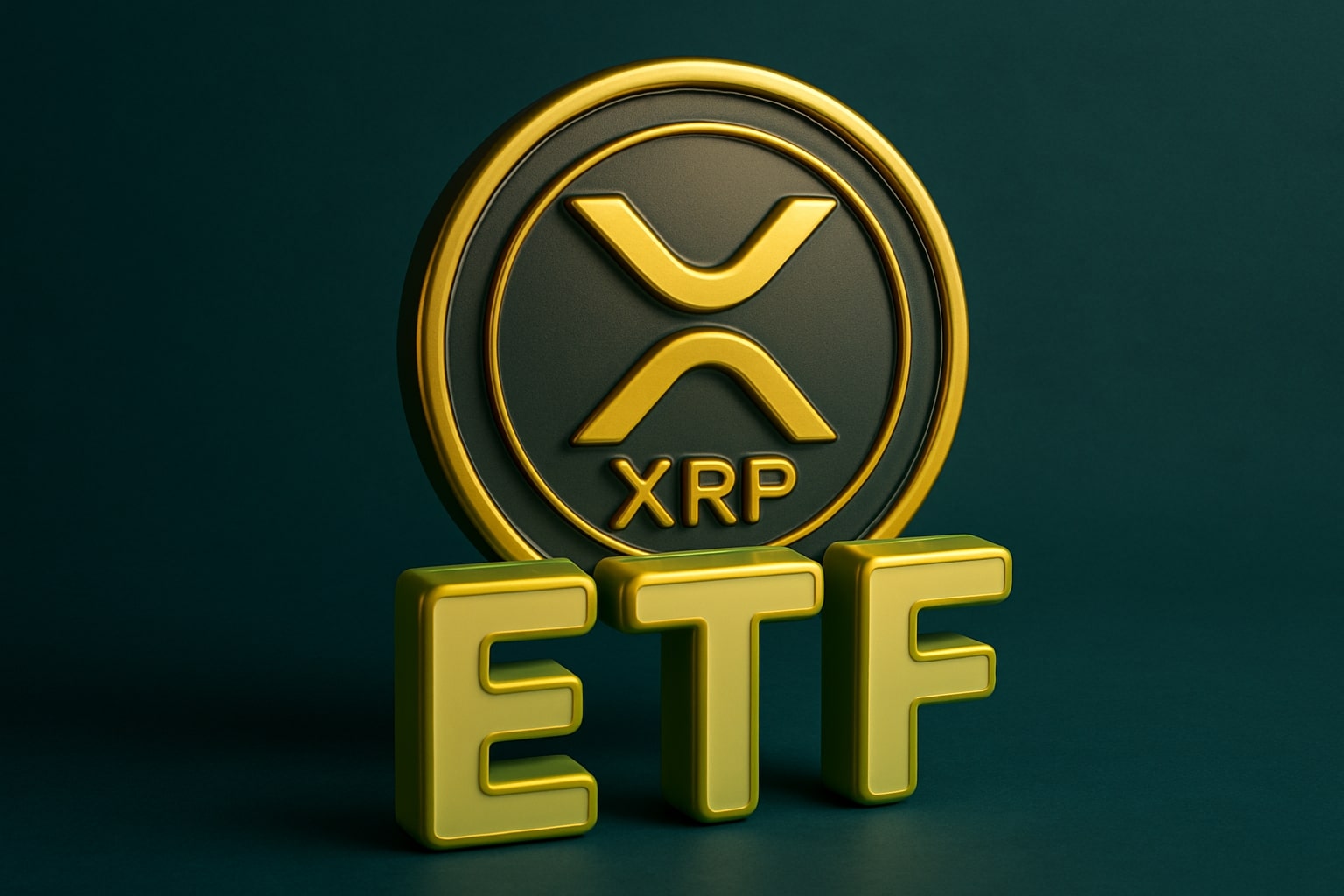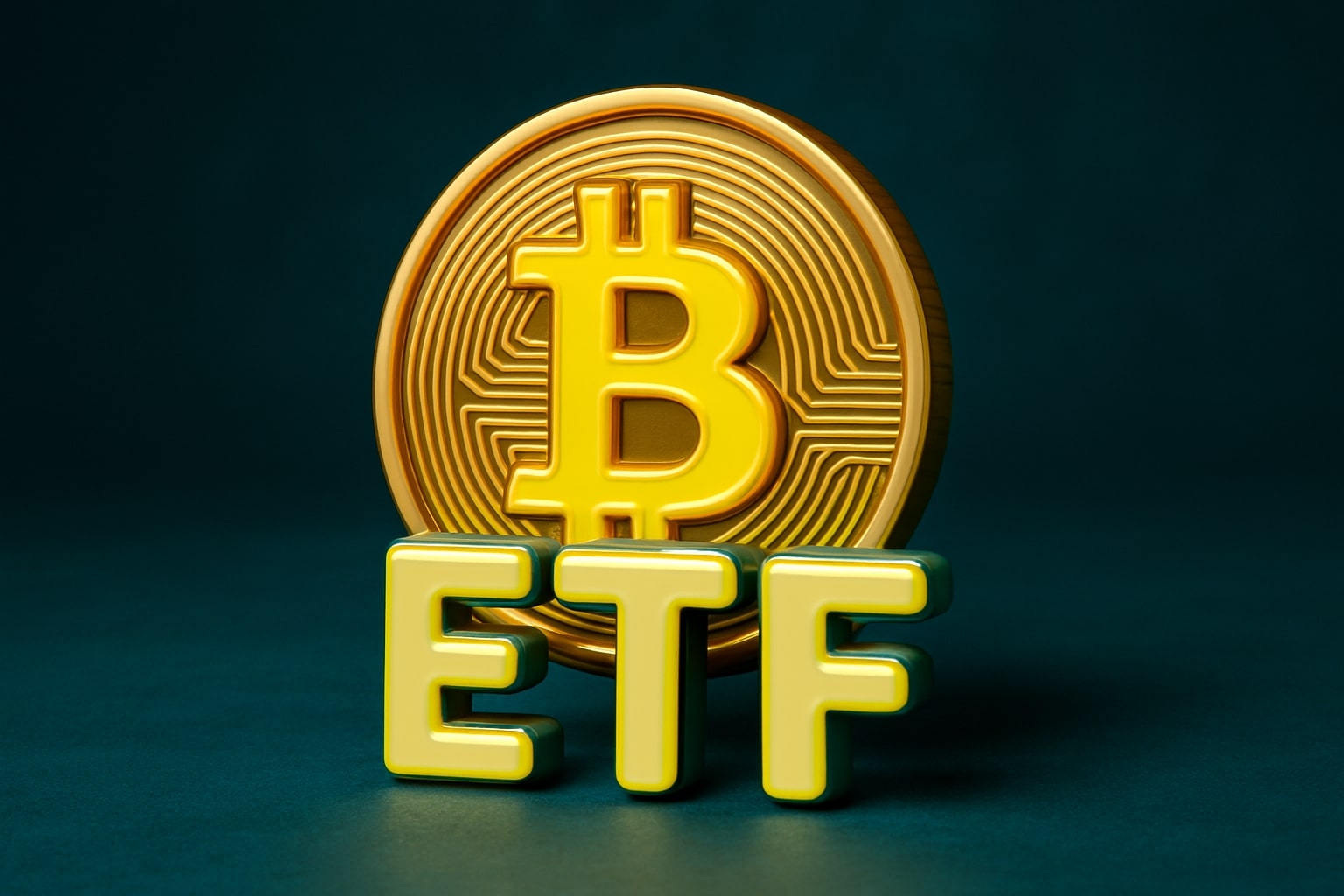
Ethereum Price Forecast - ETH-USD Jumps to $3,590 as $127M Inflows and Whale Accumulation Set Stage for $4,800 Breakout
Fusaka upgrade boosting Layer-2 capacity to tens of thousands TPS, traders eye a decisive move above $3,900 | That's TradingNEWS
Ethereum (ETH-USD) Rebounds to $3,590 as Whales Accumulate and DeFi Weakness Tests Network Fundamentals
Ethereum (ETH-USD) is consolidating near $3,590, up nearly 6.6% in 24 hours, after surviving one of the most volatile weeks since mid-year. The asset has regained critical ground above its ascending trendline despite the DeFi sector erasing over $36 billion in total value locked (TVL) since October. The move underscores a shift in accumulation dynamics: large holders have begun buying again while retail remains hesitant, setting a stage of quiet accumulation amid deep structural weakness across decentralized finance.
DeFi Contraction Wipes $36 Billion as Institutional Demand Slows
The DeFi sector’s total value locked has plunged from $172 billion to $136.2 billion, marking a 21% contraction within a single month. Protocols such as Aave, Lido, EigenLayer, and Ethena posted declines between 8% and 40%, revealing broad-based capital withdrawal. Despite the downturn, ETH-denominated TVL had been falling even as prices climbed earlier this year, signaling that speculative momentum—not organic DeFi usage—was driving valuations.
Institutional interest has softened as well. Combined holdings across digital asset treasury funds (DATs) and exchange-traded funds (ETFs) have dropped from 12.95 million ETH in October to 12.75 million ETH in November. On November 6, ETFs briefly recorded $12.1 million in inflows, only to see $46.6 million exit the following day. The divergence between TVL contraction and ETF instability suggests that Ethereum’s near-term support rests more on whale accumulation and technical structure than on fundamental yield utility.
Technical Setup Reinforces Accumulation Zone Between $3,300 and $3,700
ETH rebounded sharply from the $3,000–$3,200 range, reclaiming its 200-day moving average and invalidating the late-October bear trap. The price structure remains inside a symmetrical triangle, with support aligned to the ascending trendline from April and resistance capped near $3,900 — the upper band of convergence between the 20-day EMA ($3,692), 50-day EMA ($3,887), and 100-day EMA ($3,906).
Each dip toward $3,300–$3,350 has triggered heavy buying interest, confirming it as a liquidity shelf. The Supertrend indicator has flipped bullish above $3,555, turning that zone into short-term support. Momentum metrics such as RSI have normalized to neutral, giving bulls room to sustain control. A decisive close above $3,900 would mark the completion of a triangle breakout, with projected extensions targeting $4,400, and a secondary measured move suggesting $4,800–$5,000 as the next technical magnet.
Failure to hold $3,555 risks a pullback toward the broader demand pocket near $3,250–$3,300, where the 200-day EMA sits. A break below that would reopen the path to $3,000, but the probability remains low given the strong defense by structural buyers.
Whales Resume Accumulation as Retail Exits Amid Shakeout
On-chain data from the Spot Average Order Size metric shows renewed whale accumulation during the liquidity sweep near $3,200. Large holders increased position sizes, forming green clusters typical of institutional absorption phases. Historically, similar surges in whale activity have preceded mid-cycle bottoms, where distribution shifts from retail capitulation to smart-money accumulation.
Analysts confirm that during this phase, retail selling intensity declined, while whales steadily accumulated positions through centralized exchanges and staking flows. The renewed positioning among top-tier addresses—most notably wallets linked to Justin Sun, who staked 45,000 ETH ($154.5 million), and Tom Lee, who added $70 million worth of ETH—suggests that deep-pocketed participants are front-running the expected network expansion following the Fusaka upgrade.
Fusaka Network Upgrade: Catalyst for Efficiency and Scalability
Ethereum’s upcoming Fusaka upgrade, scheduled for December 3, is a major catalyst driving institutional optimism. The upgrade aims to resolve persistent scalability and efficiency bottlenecks by boosting Layer 2 throughput. Analyst Ryan Adams highlighted that Fusaka could allow Layer 2 chains like Base to process tens of thousands of transactions per second (TPS), compared to current averages below 50 TPS on the mainnet.
This enhancement could reignite developer activity, strengthen app adoption, and expand Ethereum’s real-world utility. It’s seen as a structural trigger comparable to the Shapella upgrade, which in 2023 unlocked staked ETH withdrawals and accelerated institutional staking participation.
Traders are closely watching the $3,700–$3,900 resistance band ahead of Fusaka’s activation, viewing a breakout as confirmation of renewed network confidence. Should momentum sustain, the move could reopen a path toward $4,000–$4,400, potentially extending to $4,800–$5,000 if ETF inflows recover post-upgrade.
Read More
-
JBND ETF Stabilizes Near $54.16 as Cooling Real Yields and Firm Credit Spreads Fuel a Stronger Outlook
13.11.2025 · TradingNEWS ArchiveStocks
-
XRPC ETF Roars Out of the Gate With $26M as XRPI at $13.51 and XRPR at $18.98 Lead a New XRP ETF Market Cycle
13.11.2025 · TradingNEWS ArchiveCrypto
-
Natural Gas Price Surges Toward Multi-Year Highs as $4.60 Breakout Collides With Winter Demand
13.11.2025 · TradingNEWS ArchiveCommodities
-
USD/JPY Price Forecast - Yen Surges Toward 155.00 as BoJ Uncertainty and U.S. Data Backlog Ignite a High-Risk Breakout
13.11.2025 · TradingNEWS ArchiveForex
Market Liquidity and ETF Flows Reinforce Bullish Potential
Despite intermittent ETF outflows, Ethereum still commands significant institutional engagement. The Strategic ETH Reserve reports cumulative holdings of 12.75 million ETH, equivalent to over $44 billion at current market prices. Although ETF inflows have fluctuated, the six-day streak of withdrawals that ended on November 6—immediately followed by one of the largest daily inflows since August—indicates alternating phases of repositioning rather than broad abandonment.
Spot exchange inflows on November 10 totaled $127 million, according to Coinglass data — one of the strongest accumulation signals since August. Historically, similar inflow surges have preceded multi-week uptrends, suggesting that institutional desks are reentering ETH exposure at a discount ahead of year-end volatility.
Correlation With Bitcoin and Macro Positioning
Ethereum’s price correlation with Bitcoin (BTC-USD) has tightened to 0.89, underscoring its sensitivity to broader risk sentiment. As BTC trades above $105,000, ETH has mirrored its stability, though with weaker momentum due to the DeFi drag. Analysts like Michaël van de Poppe argue that ETH’s underperformance relative to BTC is temporary, projecting that once ETH breaks its BTC pair resistance at 0.0345, it could rally toward 0.045, signaling stronger relative growth.
He also emphasizes that the altcoin market cap continues to hold key support, and a breakout could send ETH and peer assets to new highs in early 2026. This macro structure reinforces that the current correction phase is transitional rather than terminal.
Derivatives Positioning and Market Sentiment
ETH’s long/short ratio of 2.8 indicates that approximately 73.7% of traders are long, suggesting continued confidence despite short-term corrections. While this ratio implies overleveraging risk, funding rates have normalized, showing that bullish sentiment remains measured, not euphoric.
The liquidation heatmap from Binance and OKX shows concentrated liquidity around $3,950–$4,000, a likely area for stop runs before trend expansion. Such liquidity clusters often precede volatility spikes, aligning with analysts’ expectations of an imminent breakout above the triangle’s upper boundary.
Broader Ecosystem and Treasury Inflows
Ethereum’s ecosystem fundamentals remain resilient. Despite the DeFi contraction, staking participation and validator count continue to rise, with over 1.03 million validators securing the network. Treasury inflows from BitMine, JPMorgan-backed holdings, and digital asset treasuries reaffirm that Ethereum remains the institutional standard for decentralized infrastructure investment.
Corporate on-chain wallets have increased net ETH deposits by $780 million over the past two weeks, countering retail withdrawals and anchoring long-term network value. The market continues to treat Ethereum as the premier settlement layer, even amid short-term liquidity rotation into Bitcoin ETFs.
Technical Cross-Structure: Trendline Defense and Breakout Setup
ETH’s daily structure is defined by an ascending base and narrowing volatility. The triangle compression between $3,500 and $3,900 reflects equilibrium between leveraged sellers and patient buyers. Each rebound from the ascending base confirms that market makers are defending trendline integrity.
A confirmed daily close above $3,900 would complete the breakout pattern and activate a measured target at $4,800–$5,000, aligning with the pre-upgrade projection. On the downside, holding $3,300–$3,350 is crucial to maintaining the bullish structure. As long as ETH trades above this demand pocket, the technical bias remains positive.
TradingNews Verdict: BUY Bias with Structural Accumulation Support
Based on technical, on-chain, and institutional indicators, TradingNews maintains a BUY bias on Ethereum (ETH-USD). The combination of whale accumulation near $3,200, spot inflows of $127 million, and rising anticipation for the December Fusaka upgrade supports a medium-term breakout toward $4,400–$4,800.
While near-term resistance remains at $3,900, the probability of a sustained breakout increases as long as ETH preserves its structural base above $3,500 and ETF demand stabilizes. The broader setup reflects a market quietly preparing for its next expansion phase — one where Ethereum could regain leadership momentum in the digital asset cycle and target the long-term range between $5,000 and $6,000 into early 2026.

















